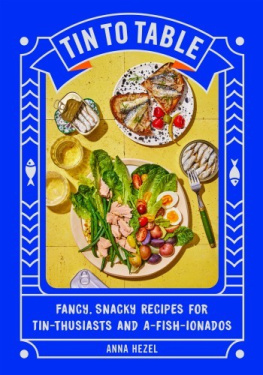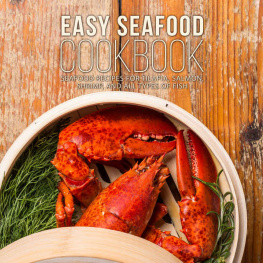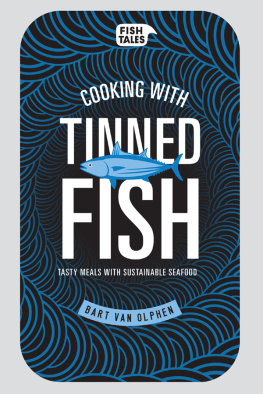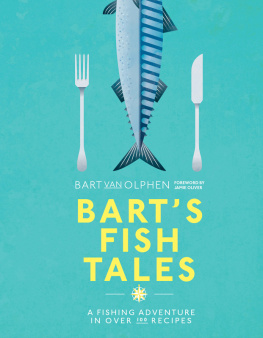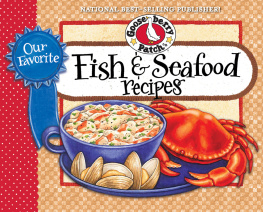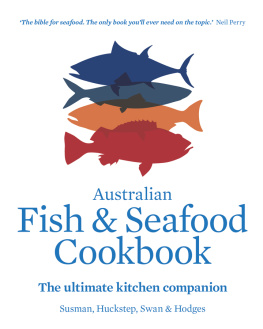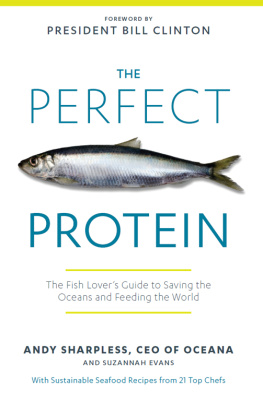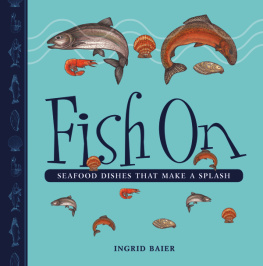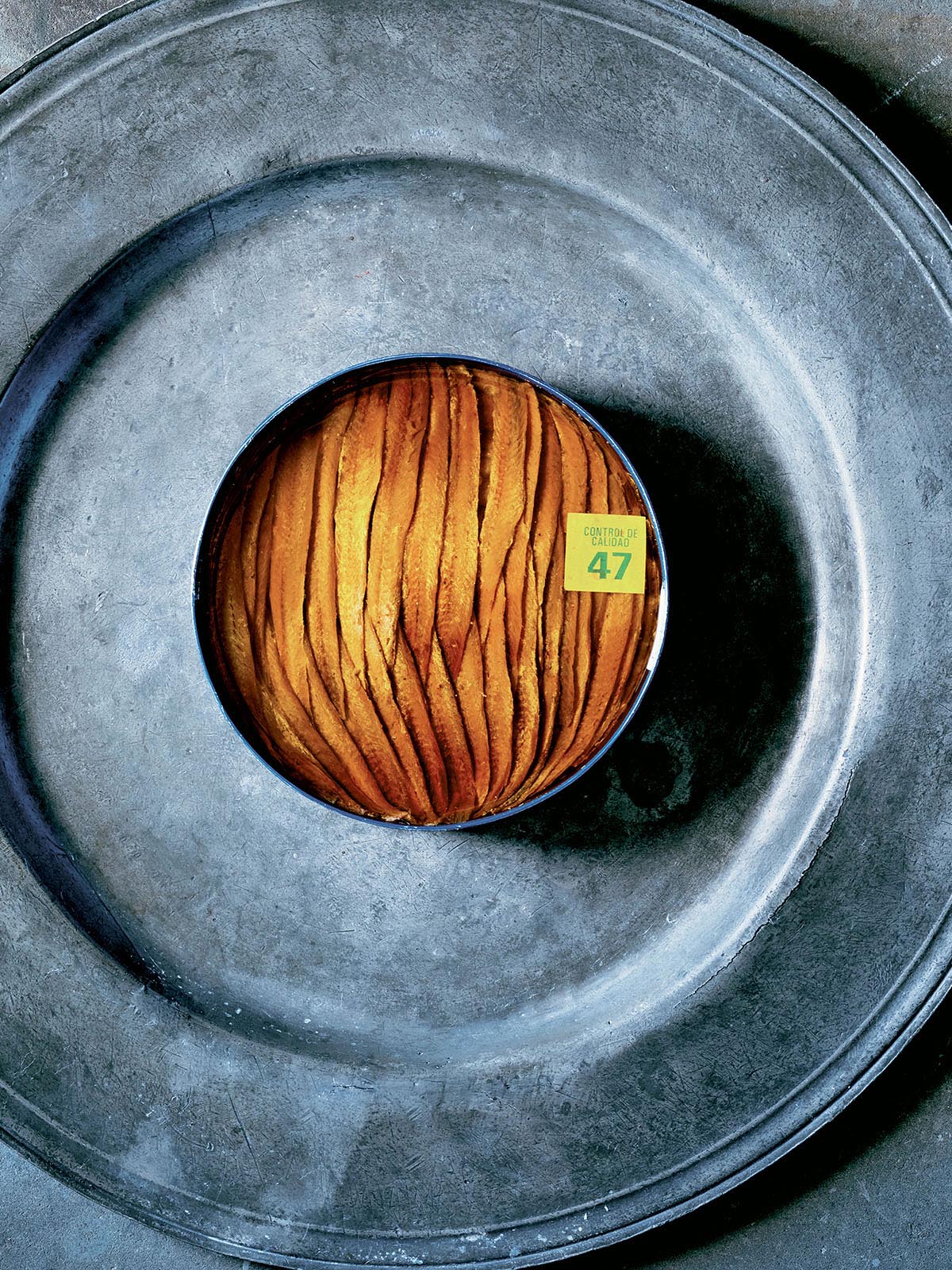
The Magic
of
Tinned Fish
Elevate Your Cooking with Canned Anchovies, Sardines, Mackerel, Crab, and Other Amazing Seafood
Chris McDade
Photographs by Dana Gallagher
Illustrations by Ali Elly

Artisan Books | New York
To my beautiful wife, Natalie, and our little anchovy, Gus
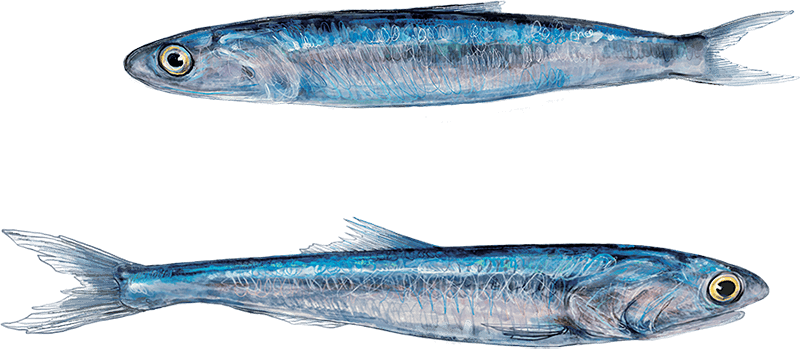
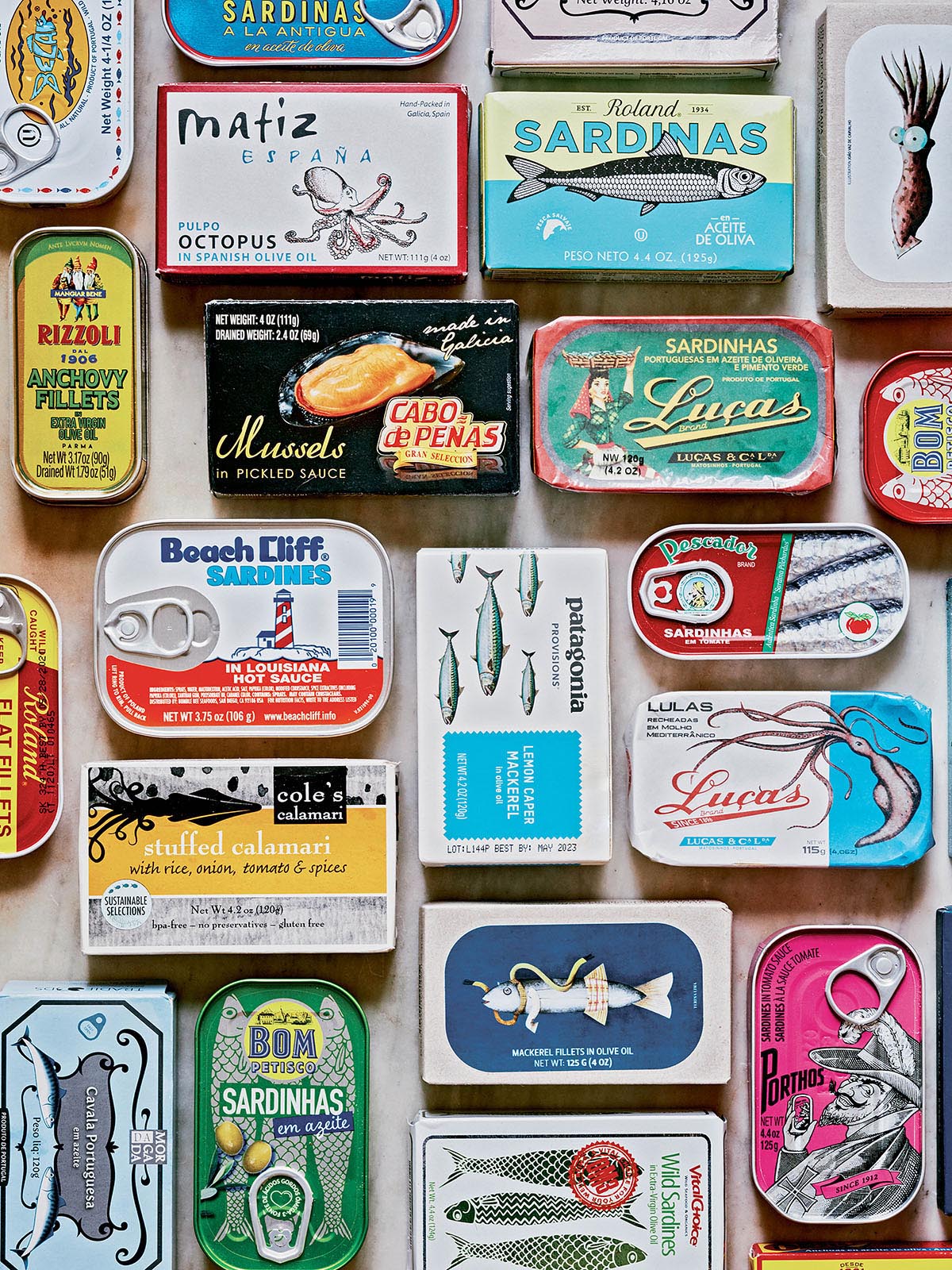
Contents

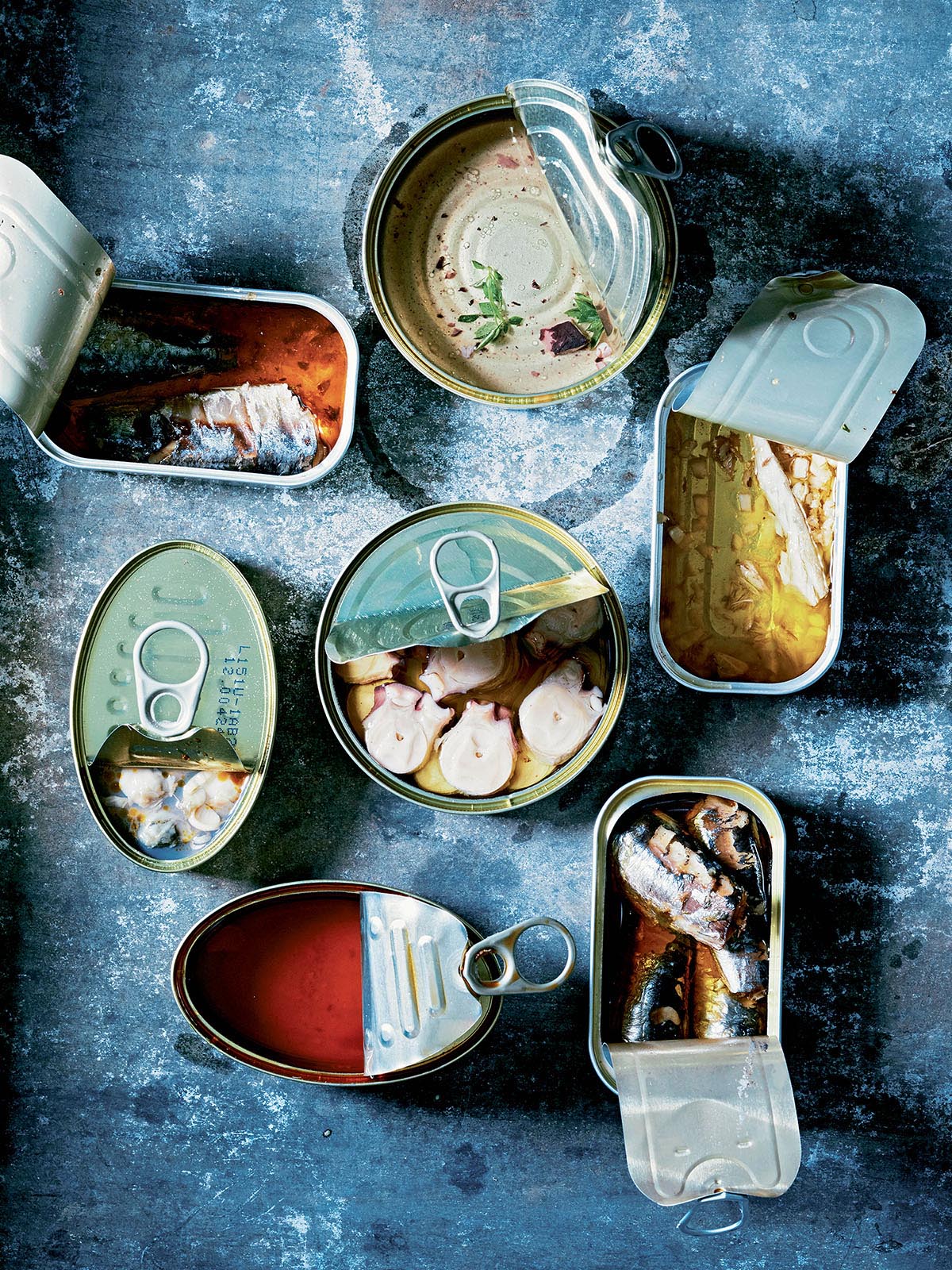
Introduction
F ish and shellfish have long been considered delicious when served fresh. Just-caught fish cooked over coals or simply panfried with only a squeeze of lemon juice is undoubtedly satisfying, but what do you do when fresh fish is out of season or not available where you live? Like fruits and vegetables, seafood has a terroir and a time when each fish is at its best. This is where tinned fish come in. The best brands of tinned seafood are processed shortly after being caught, using only the finest quality fish. Thanks to a commitment to quality by the fishermen and canneries, quick, affordable, and nutrient-dense meals can be available any time of year, anywhere, and are only a tin away.
Generally considered to be an economical snack food, tinned fish can actually serve as the focal point of many elevated dishes and of any meal. The recipes in this book prove that tinned fish can be just as, if not more, versatile and delicious than their fresh counterparts. From a smoked oyster on a cracker to a delicious anchovy sauce poured over a charred steak, tinned fish pack a lot of flavor and will help you become a better and more confident cook.
My love for preserved anchovies is well documented by people who know me or have eaten at my restaurant, Popina, in Brooklyn, New York. The little fish that pack an umami punch bring so much flavor to my cooking, both at home and at the restaurant. While I always enjoy anchovies straight from the tin, they are often a hidden ingredient in my sauces and dressings; they give the dishes I cook more complexity.
As my love for anchovies continues to grow, I have found myself wondering what other joys hide behind the colorful boxes and pull tabs of the tinned fish culture, and it has led me to cook with all kinds of tinned seafood and shellfishfrom mackerel to octopus. What I now understand is that the tinned fish market is as diverse as it is delicious, and for good reason.
Tinned seafood is convenient, healthful, and honest; theres no hiding the quality when there are only one or two ingredients in the can. Tinned fish is simplicity at its best. There is something pretty phenomenal about being able to carry half of your daily protein requirement in the pocket of your jeansand for the same price as a trip to the nearest fast-food restaurant! In Portugal, where tinned fish is eaten regularly, it is a version of fast food. Although a burger and fries might appear to be delicious and filling, theyre merely hiding behind a processed curtain of salt and fat. Tinned fish, on the other hand, are a far better choice; theyre packed with vitamins and nutrients, and they are also a sustainable option. Tinned fish require no refrigeration, thus saving energy during storage. Lastly, because of the small serving sizes and the fact that they do not start to spoil until opened, tinned fish involve minimal food waste as well.
A Little Bit of History
Like many of the greatest inventions of all time, tinned food was born in response to a wartime problem. This one was feeding the troops. In 1795, the French army offered a prize of 12,000 francs (250,000 US dollars today) to anyone who could safely find a way to store food so that it could travel with the soldiers on the front lines without spoiling. In 1810, French chef Nicolas Appert devised a way of boiling foods and sealing them in glass bottles. The first canned food was born, and Appert claimed his prize.
Shortly after Apperts achievement, a British shop owner by the name of Peter Durand got the first patent for a tin container. By 1820, Durand was supplying the entire Royal Navy with safe preserved foods. A Breton man who had been closely following the work of Appert and Durand was inspired by the tinning of foods and became the first person to put sardines into tins. This mans name was Pierre-Joseph Colin, and his single factory in Brittany quickly expanded to three in order to supply most of the French soldiers with their protein needs for the duration of the Napoleonic Wars. Before the tin, preserved seafood was historically pickled or salted to get it inland without refrigeration.
In 1840, a French sailboat carrying a supply of tinned sardines crashed off the coast of Spain. Exploring the wreckage, the Spaniards discovered the French invention, and the rest, as they say, is history. The Spanish began tinning sardines and many types of shellfish, including cockles and mussels. This technique quickly made its way to Lisbon, Portugal, which remains a working fishing port to this day. Sardines account for nearly one-third of the total yearly seafood catch for Portugal. This explains why tinned sardines have become so popular there. The local sardines are not only nutritious and flavorful but also inexpensive because of their abundance.
Tin (Can) vs. Glass
Most tinned fish come in just that: tins (or cans). But some fish, such as anchovies, can also be purchased preserved in glass jars. Glass jars are good because they allow you to get a glimpse of whats inside, the glass wont impart any flavor to the product itself and is resistant to salt and acid, and the jars can be easily recycled. However, the light exposure with food stored in glass jars is almost never good (it allows the food to spoil sooner), and the jars are often heavier and more fragile than their tinned counterparts.
Tins are not as fragile as glass, so they are much easier for the producer to use. In addition, the products to be stored in tins can be cooled immediately, and the tins take up less space (making them easier to transport), can take quite a beating and still maintain their integrity, and are completely recyclable (in fact, a tin can is generally recycled and reused without any loss in quality). However, tins can be tricky to open if not fitted with a pull top. But a can opener should do the trick, and you shouldnt have to rely on a bayonet like soldiers once did to eat their dinners.
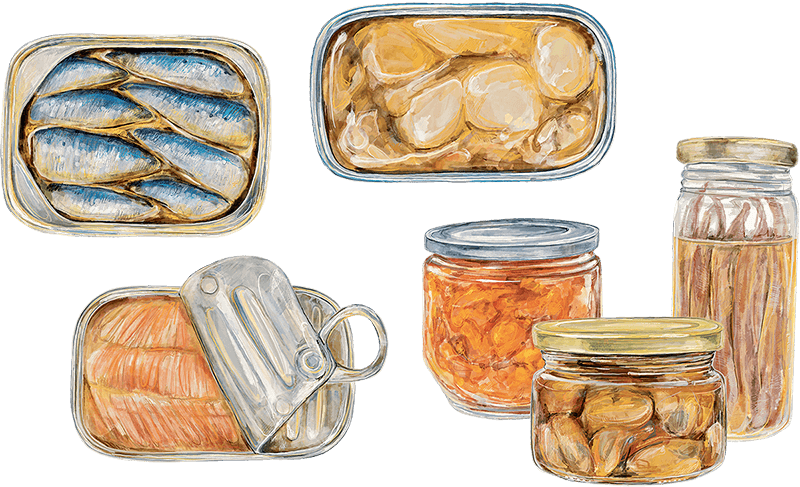
For many years in America, tinned fish was largely viewed as food for the poor. There are several factors that led to this perception. Tinned fish do not smell like fresh fish and are generally served at room temperature. Americans were used to their seafood smelling fresh and being stored cold. Also, if you didnt live close to the coast, traditionally you didnt eat fish because refrigerated trucks for transport and proper storage methods hadnt yet been invented. From the late 1800s through the early 1900s, many Europeans made their way to the United States. They emigrated for a better life and did their best to conform to the new society. That meant that meat was the prized food for these immigrants, and the cheap tinned fish of their homelands was a relic and a not-fond remembrance of their previous lives.


